Updated July 24th, 2023
Why do we have the instinct to explore the stars? Perhaps it’s because we are made from stardust. Stargazers and astronomers will tell you that a quiet night of mindful communion under the stars reduces their stress and improves their mood and with it their blood pressure and stress-related hormones cortisol and adrenaline can return to healthy levels, not to mention their peace of mind. Under a dark moonless sky with the Milky Way stretching overhead, the feeling is sacred and it makes you feel more in tune with nature.
But before you drive off to dark skies, you need to be prepared to have the best experience:
Safety First
Bring a friend. Travelling with and observing with a friend makes the whole experience more enjoyable and adds a layer of safety. Consider joining an astronomy club or a star party and go to their dark sky site where other club members will be observing with you.
Make sure your vehicle is in good condition and is ready to drive. Check your vehicle registration and car insurance are up to date and within easy reach. Check air-pressure and tread on your tires, including the spare tire, and that you have necessary tools to do onsite emergency maintenance. Check your brakes, fluid levels, belts, hoses, and lights. Enroll in roadside assistance membership with your car insurance provider.
Carry emergency gear. Bring emergency gear for fixing a flat, jumper cables and a strong backup battery for boosting your battery in case it goes dead, and carry extra fuel for your vehicle in a safe non-spillable container such as those supplied by Justrite. Bring road reflectors, and a reflective safety vest to warn other motorists if you have a roadside breakdown. Carry extra water for you and your vehicle. Bring a good first aid kit, such as the Surviveware First Aid Kit. Bring food bars such as those from S.O.S. Food Labs.
Justrite Type II Safety Gas Cans available on Amazon
Surviveware Comprehensive Premium First Aid Kit Emergency Medical Kit available on Amazon
S.O.S Food Labs available on Amazon
Stay Hydrated. This seems like a very obvious thing to do, but often astronomers get very focused on the activities of astronomy and forget to take care of their physical well-being, and staying effectively hydrated is very, very important. When the skies are at their best for revealing the Milky Way, light pollution is low and the atmosphere has low humidity, in these conditions you are at even greater risk of dehydration. Dehydration will sneak up on you and could easily leave you in a condition where you might leave the star party in an ambulance, or worse.
So how much water should you drink? On average it should be 8oz for every hour you are awake. So if you wake up at 8:00 a.m. and observe the skies till 2:00 a.m., you have been up for 18 hours so you should have consumed at a minimum of 18 glasses of water. In addition, if you have consumed alcohol during this time, you need to consume 4 times as much in water as the amount of alcohol you have consumed.
CamelBak Classic Light Bike Hydration Pack 70oz
Bring your medical insurance card and any special medications that you need. Consider a membership into a telehealth service with rescue services like Global + Rescue or other such services. Update your emergency contacts.
Communicate and stay in touch. Let people (especially emergency contacts) know exactly where you are going, how long you expect to stay, and stay in touch. Bring your mobile phone and a backup rechargeable battery. If you are going to a remote area with poor cell coverage, strongly consider a compact satellite communicator like the Garmin InReach 2 device.
Garmin inReach Mini 2's are available on Amazon
Plan to Stay Overnight

If at all possible plan to stay overnight. Leaving your site after observing late into the night (when usually the best observing conditions occur), is not a good idea for obvious reasons. Leave in the morning after you have fully rested.
If you are observing from a nearby cabin, consider laying down temporary deep red lighting (to protect your night vision) so you can easily find your way back.
Prepare your camping gear. People camp in tents, in their vehicles, and in RVs or trailers. It is best to set up everything before you leave to make sure all of your camping gear is functioning and to prevent not bringing a critical piece that you need. RVs and trailers need to be inspected just like your vehicle. It is a good idea to watch videos for prepping RVs, trailers, and any kind of camping gear that you plan to use.
Probably the least expensive but still very comfortable option is to pitch a tent. There are many options for tents, but you will want one that is easy to set up and tear down, rugged enough to last for years, waterproof construction with lots of room and storage. Astronomers also need enough room for themselves and most of their gear in case it rains. In reviewing tents, we found the Wawona tents from North Face to be an excellent choice.
Wawona tents from North Face are available on Amazon
No open fires. Most astronomy or star party sites do not allow open fires. The light from a fire wipes out your night vision, and the smoke from a fire can get on your optics.
Do not leave food or drink out in the open unattended. Insects and animals are attracted to the scent of food and drinks. Pack up all of your edibles, including any used dishes, cups, or cutlery.
Prepare Your Astronomy Gear
Completely set up your telescope rig, power it up, and check all functions before you pack it in your vehicle. Many amateur astronomers arrive at a remote site only to find that they forgot a knob, a cable, or some other critical piece of equipment. By testing it completely set up, you will find that you have time to correct any problems. It is also a good idea to clean and check collimation of your optics. In this way you can spend more time actually doing astronomy than trying to solve problems at the site. Refrain from bringing unopened, untested equipment to the site.
Inventory and bring any needed accessories: Think of binoculars, eyepieces, field flatteners, filters, dew shields, dew heaters, Bahtinov masks, extension tubes, power cables, maps, computers (with red filter for the screen), red flashlights, etc. Check them and make sure they work.
Bring backup electronics. Sometimes electronics, batteries, and cables can fail. Having at least one layer of backup will allow you to complete your mission.
Electric Power
Bring off-grid power for your gear. There are quiet and clean power solutions today to run all of your electronics for your telescope(s), computer(s), and communications. Some astronomers use small lithium-ion power banks, such as this one from Explore Scientific.
Explore Scientific USB Power Bank with Red LED Flashlight
Others build home-made solutions with solar panels recharging car batteries. But if you are not into building your own power station, there are fully integrated solar generator solutions from companies like Goal Zero.
Comfort
Being comfortable during your observing sessions is important. Not only will you see more details, but you will experience greater health benefits. Here are some tips to consider:
Dress for Comfort - During winter you need to keep your extremities warm, so you will need gloves, a warm hat, and warm boots in addition to insulated pants and jacket. If you are observing in an area where there is a wide range of temperatures over the observing session, then dress in layers. If you want to buy the best cold-weather gear at a bargain, then consider buying pre-owned and lessen the impact on the environment and your wallet.
Natural insect repellent will greatly reduce the bother of mosquitoes, ticks, and flies. Many use the tried-and-true oil of lemon eucalyptus (OLE). The actual repellent chemical in OLE is called p-menthane-3,8-diol or, much more simply, PMD.
Natural insect repellents are available on Amazon
The so-called Zero-gravity chairs have become popular with stargazers as they allow you to sit up straight or recline with amazing comfort for observing with binoculars or to watch for meteors with the naked eye. If you are spending most of your time at your telescope, consider an observer's chair.
Portable tables come in handy to bring your eyepieces, maps, laptops, red flashlights, and more (you get the idea) off the ground and within easy reach.
Stay cooler when it's hot, and warmer when it's cold. If you are camping at a star party with temperature extremes, consider covering your tent/rv/trailer/vehicle with a reflective and insulating shade cloth such as Aluminet. This amazing metalized material has been knit together to make a lightweight cover that moderates the temperature within by reflecting heat from the sun when it's hot, and retaining warmth from the sun when it's cold. Aluminet can also keep your gear covered and insulated when not in use.
Aluminet insulating shade cloths are available on Amazon
If it gets really hot and you want to add an even cooler option that uses no electricity, add a Coleman portable gazebo in front of your opening of your tent or entry to your RV/Trailer and then build a simple and inexpensive DIY portable mister system.
Coleman portable gazebos are available on Amazon
Leave No Trace
Set up your tents and telescope equipment on tarps. It will create a moisture and dust barrier. Tarps on the ground will make it easy to find any small parts that you drop in the night, and when you leave, it will make clean-up much faster and easier.
Bring trash bags and pick up your area. You want to leave your better than what you found it. All refuse should be packed out and properly disposed of. Double check the area before you leave, not only do you want the area to be clean, but you don't want to leave behind any expensive gear.
More Star Party Gear Ideas
General Camping Accessories available on Amazon
Warm Outdoor Clothing available on AmazonCamping and Hiking Water Filters available on Amazon
Allen Wrench Sets available on Amazon
Gaffers Tape available on Amazon
As an Amazon Associate we earn from qualifying purchases.

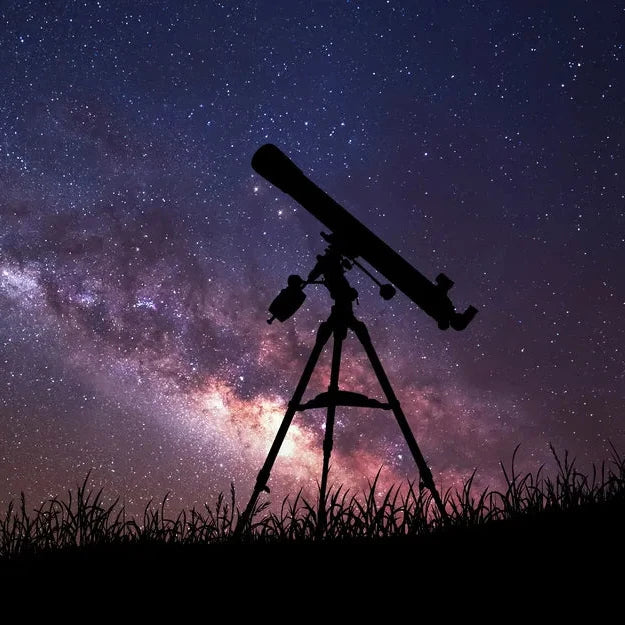

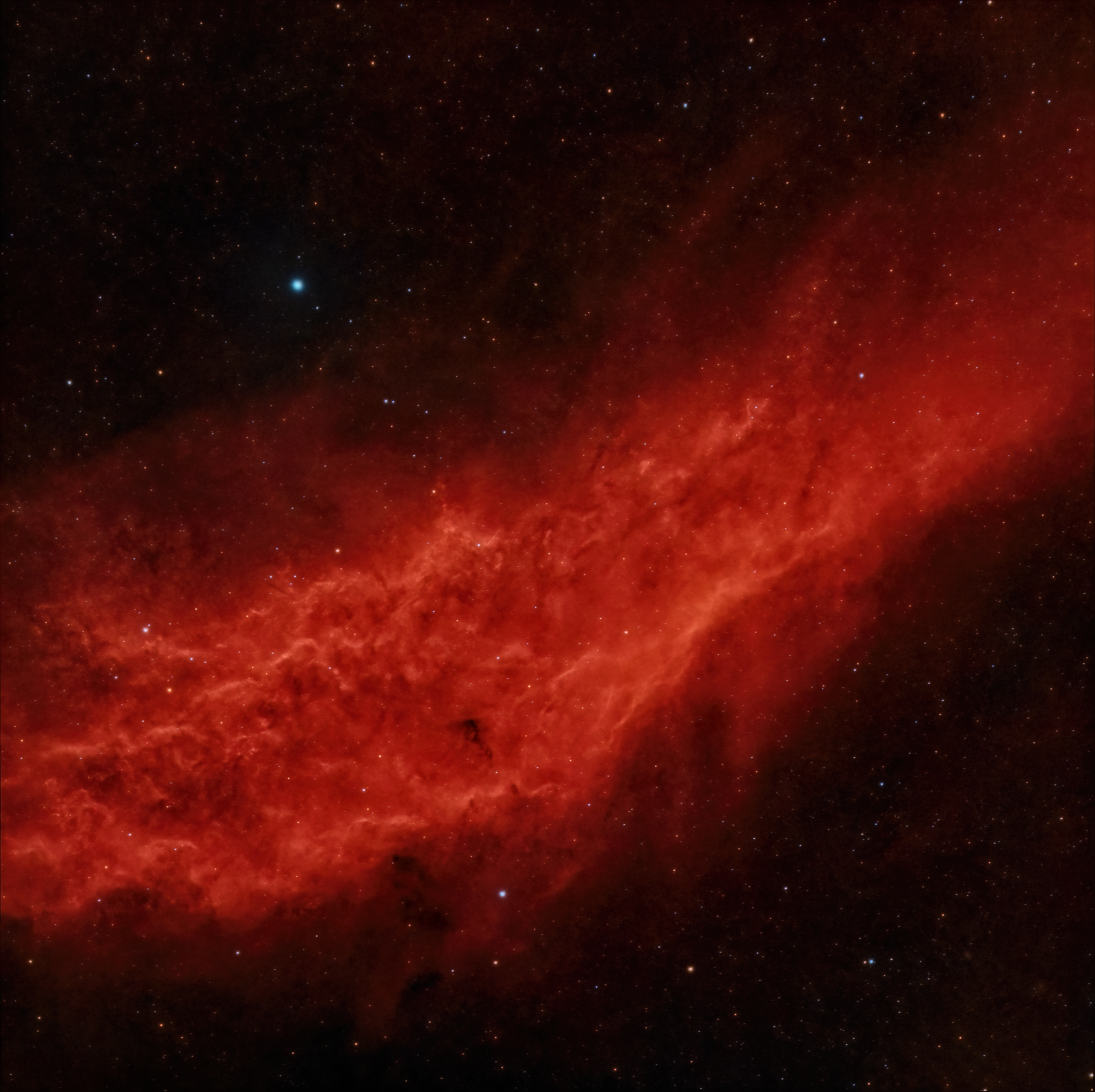


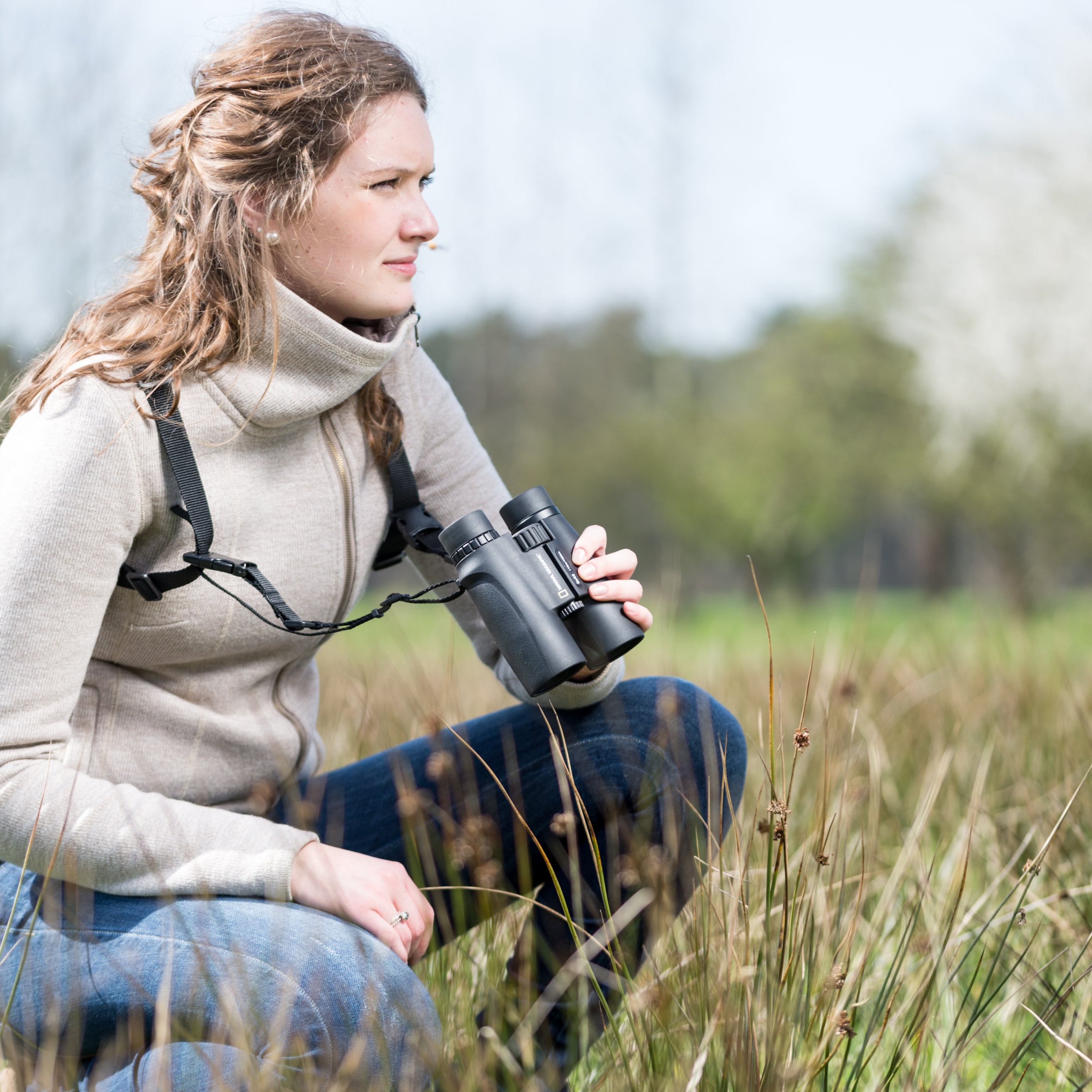
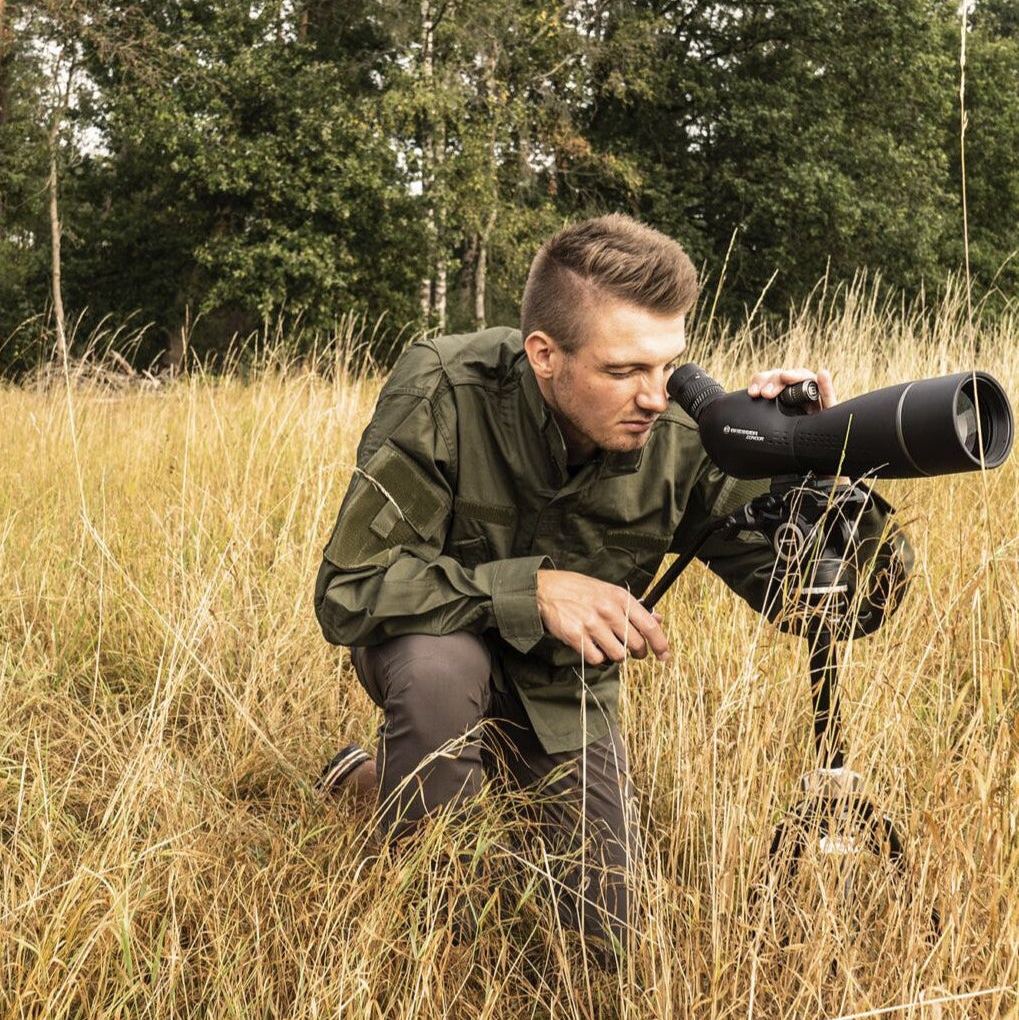
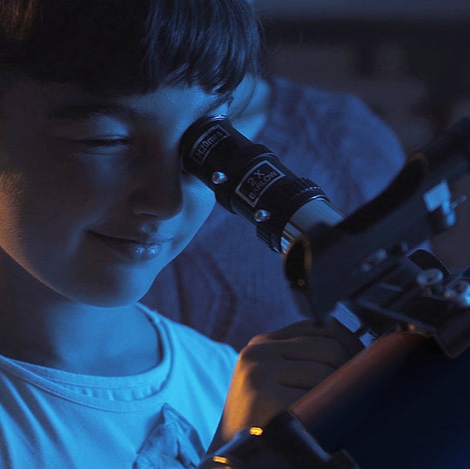

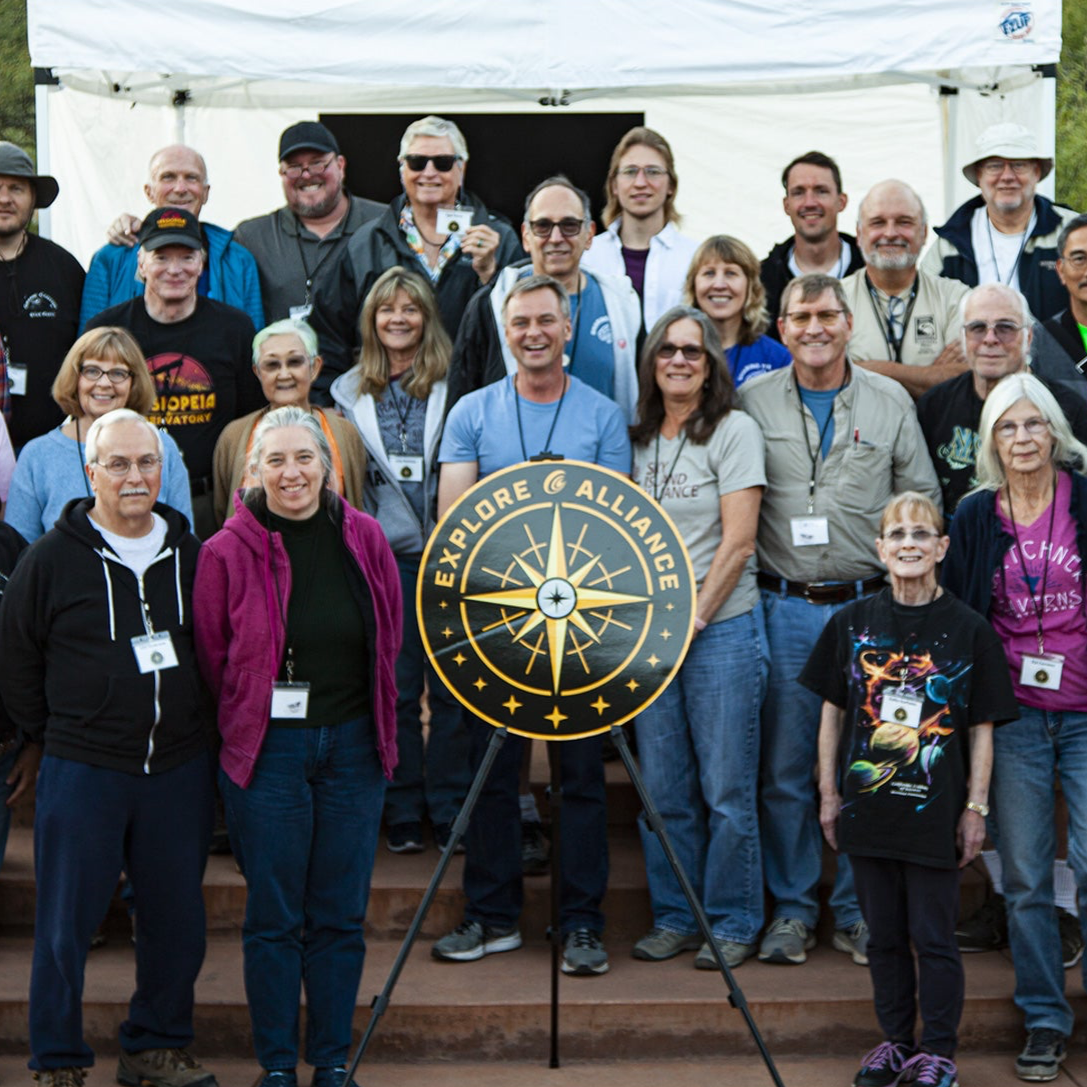
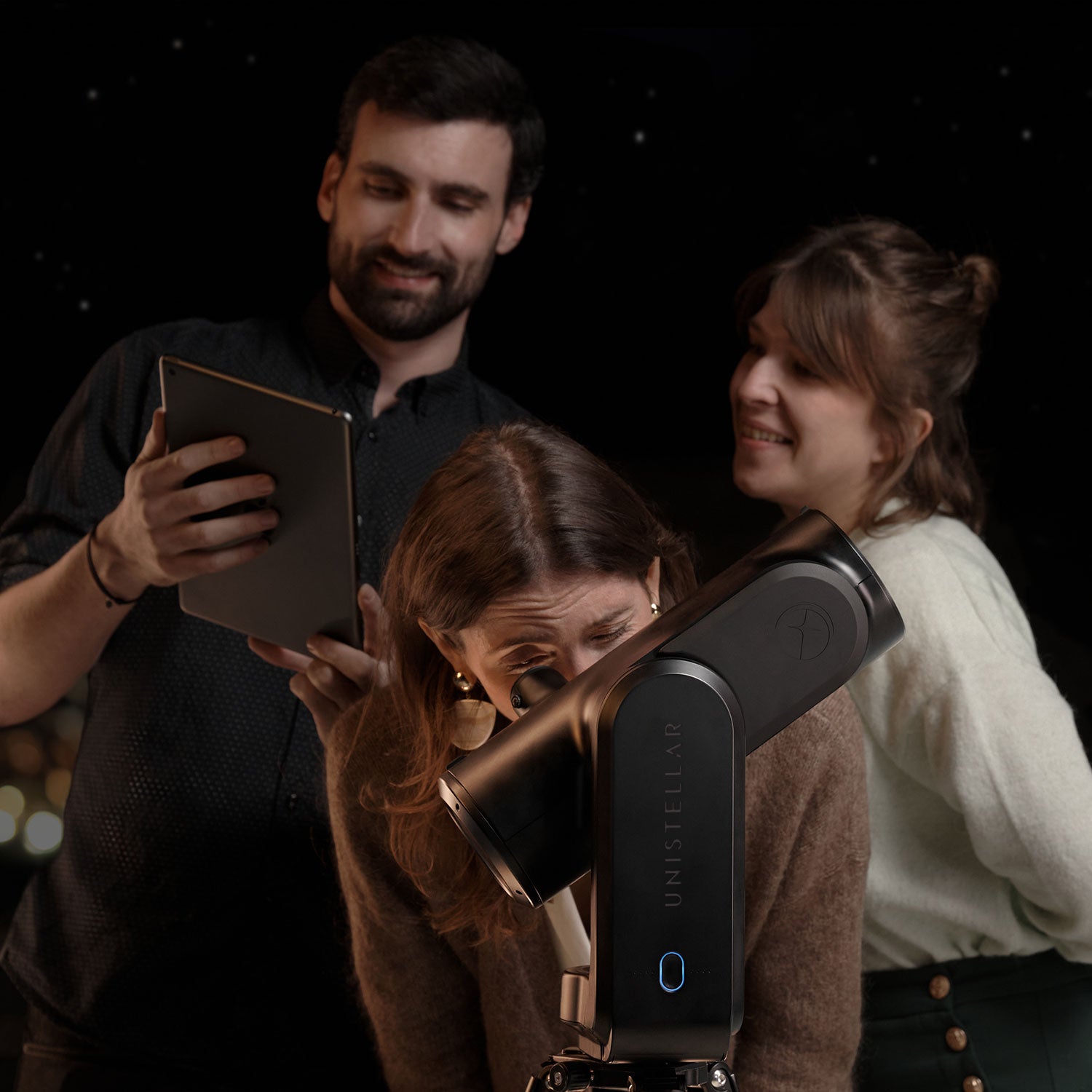
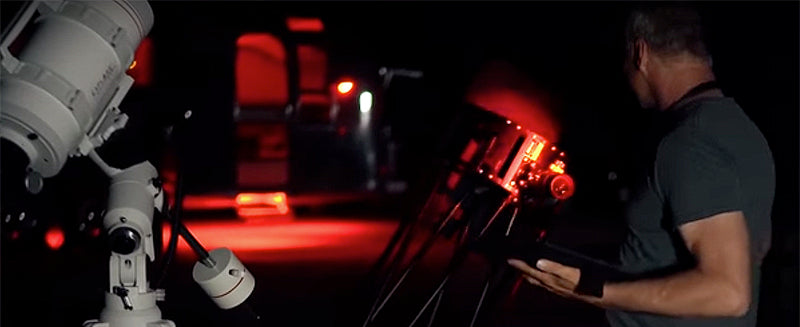

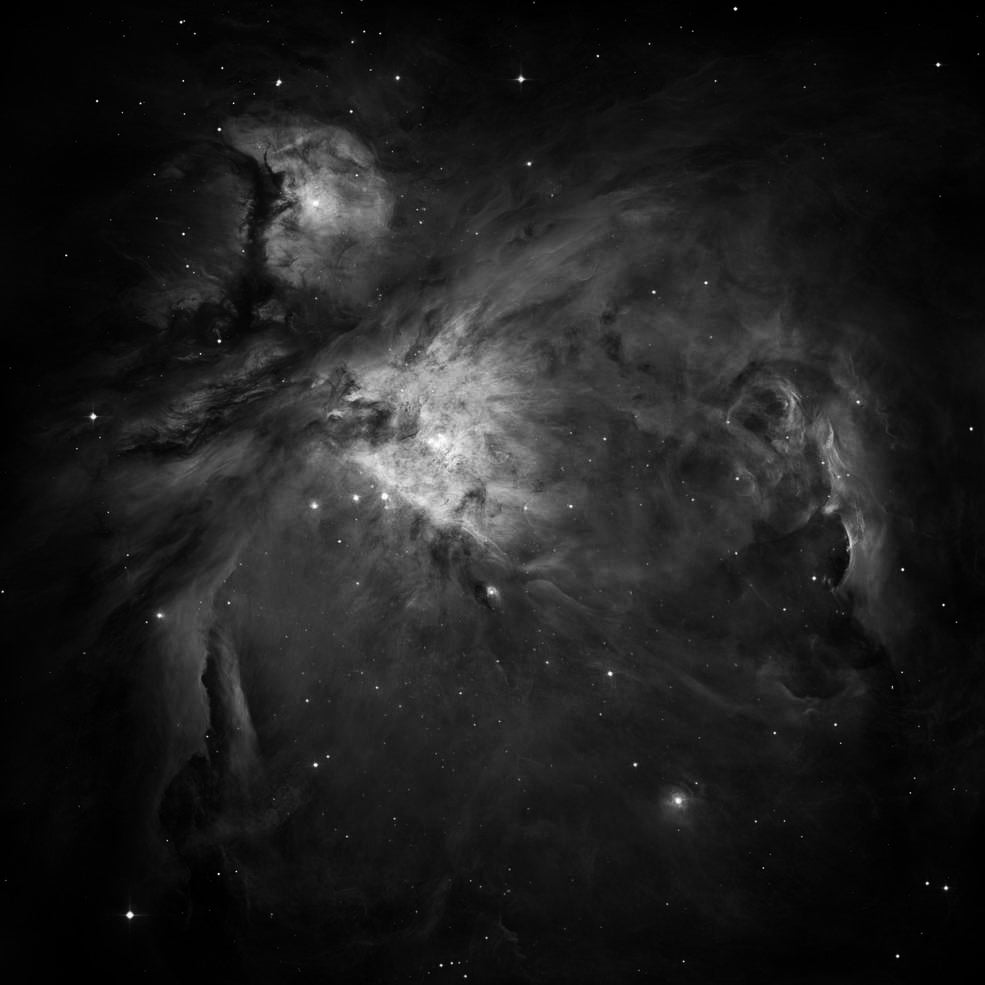
Leave a comment
All comments are moderated before being published.
This site is protected by hCaptcha and the hCaptcha Privacy Policy and Terms of Service apply.